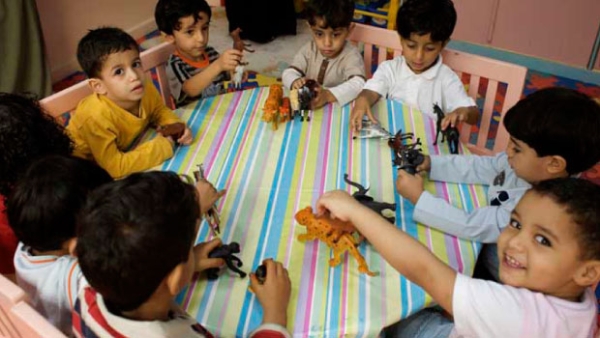
Muscat: Oman ranks third in the Arab World for Child Rights — and highest in the GCC — a new ranking shows.
The KidsRights Index for 2017 features Oman as third in the Arab word for child rights, behind Tunisia and Egypt. The ranking includes 165 countries, where Oman came in 23rd globally.
Topping the list is Portugal, followed by Norway, Switzerland, Iceland and Spain. Only two non-European countries feature in the top ten, with Thailand at number eight and Tunisia at number nine.
In the Arab World, Tunisia and Egypt rank higher than Oman, with Egypt at number 19 worldwide. However, Oman fared the best in the GCC, as the closest country, Qatar, trails behind at 63rd on the list.
The UAE features at 72nd, Kuwait at 88th, and Bahrain at 96th. Ranking low on the list are Yemen, at 129th, and Saudi Arabia, at 144th out of 165 countries globally.
Some of this year’s worst-ranked countries also feature the United Kingdom and New Zealand, at 156 and 158, respectively. The five lowest-ranked countries are Chad, Vanuatu, Sierra Leone, Afghanistan, and the Central African Republic.
The Index covers five fields, consolidating general children’s rights areas and the framework of the UN Convention for the Rights of the Child, to which 196 countries around the world have signed agreements.
The five fields of child’s rights are: Right to Life, Right to Health, Right to Education, Right to Protection, and Enabling Environment for Child Rights.
Right to Life includes life expectancy and under five mortality, while Right to Health includes immunisation, sanitation facilities, drinking water, and percentage of children suffering from underweightness.
Right to Education includes rights to primary and secondary school education, as well as school enrollment and attendance ratio. Right to Protection involves child labour, adolescent birth rate, and birth registration.
The last field, Enabling Environment for Child Rights, includes such sub-topics as non-discrimination; best interests of the child; respect for the views of the child/child participation; and enabling legislation.